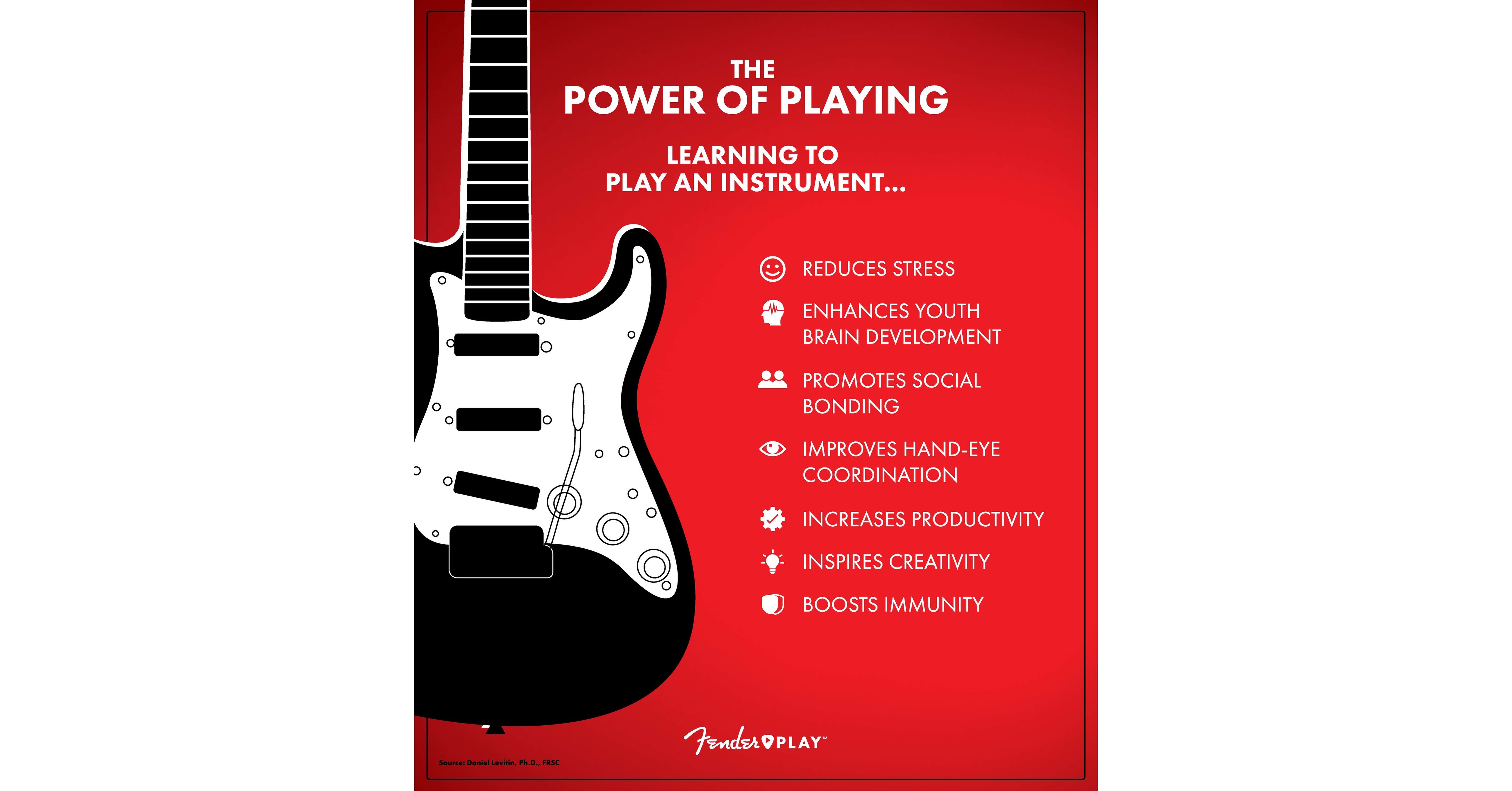Congratulations.
For an inexperienced tech, it can definitely be challenging to address celluloid (plastic) that has first been attached directly to the underlying wood using solvent (lacquer, lacquer thinner), prior to the guitar being spray finished. The celluloid continues to flash off solvent over the years and is reduced in size. For headplates that typically translates to gaps showing around the edges and sometimes a little buckling. For pickguards affixed to soft Spruce it can be more serious. But Guild did not invent the technique. This is a common issue with instruments of the era.
Lifting bridges may or may not even need addressing. It all depends on what is causing the lift. It was/is common to spray the body, scrape away the finish where the bridge will be applied, and then glue the bridge down to raw wood, not finish (or vinyl sealer, shellac, etc). To create a clean appearance, it was/is common to restrict the scraping to an area that is inside the outermost dimensions of the bridge leaving a "border" of finish on which the outermost edge of the bridge rests. That "border" may be all of 1/32" or even 1/64" for a custom instrument, but that precision takes extra time to achieve. Your business card inserted between the bottom of the bridge and the lacquer on the soundboard should only slide in until it encounters the adhesive. I have seen borders as large as 1/4" on hand-assembled production line guitars. If the adhesive holds and that insertion distance does not increase over time, you may never need to address the lifting backside of the bridge. If the adhesive fails or the underlying wood fails (such as in the case of severe runout where the top literally tears loose), the issue would be serious and would need to be addressed. If the bridge is pulling up and away from what is probably a fairly wide border, so long as it is not due to brace failure (adhesive holding the soundboard to the X-brace, bridgeplate, tonebars, etc.) then there is little that can be done short of removing the bridge, increasing the area of raw wood exposure, and re-gluing the bridge. If it is needed, then it is needed. Glue typically doesn't bond well and/or may not stay well bonded to a lacquer finish, so a "bridge glue down" it is not necessarily a permanent solution. Most importantly, lifting bridges are not unique to Guild, not by any stretch of the imagination.
Neck resets on traditionally-constructed wooden acoustic guitars are relatively inevitable. Though this is largely dependent upon usage and environmental factors, it is true regardless of brand and neck attachment method. If you drive a vehicle hard, put many miles on it, subject it to excessive loads/extra weight, drive it in an area where environmental factors are a serious consideration, and/or simply own it long enough you will encounter "inevitable" costs.
Taylor techs offer a quick turnaround and relatively low price for neck resets, where the label is removed, the neck and fingerboard extension are un-bolted, two shims are added and everything is put back. As simple as that process may be when compared to a Martin or a Guild having a glued-on neck, Taylors still require neck resets.
The process of removing a glued-down fingerboard extension is the same for all acoustic guitars having glued-on necks. What appears to me to contribute to the mythology of "Guild neck resets are more difficult" is the lack of experience of the person doing the repair. What exacerbates some (very few) Guild neck resets is the amount of glue encountered. Historically, some dovetail joints had an unnecessary amount of glue applied (though this is not a Guild-only issue). Adhesive should only be applied to the side walls of a well-fitting dovetail tenon. Complicating matters, not-so-well-fitting dovetail joints may hold slightly more adhesive. Additionally, if extra glue squeezes back into the cavity between the end of the tenon and the mortise this will require a bit more attention to soften (I have only encountered one Guild to date that had this issue). Often overlooked is the fact that Guilds have a much wider neck heel than do Martins. Those heels are also glued to the sides, presenting a greater surface area of adhesive holding the neck on. Someone attempting a reset may have softened the glue in the dovetail joint but neglected the adhesive on the heel. The neck appears to be belligerent in its insistence on remaining in place. If a person who has reset one or more Martin necks encounters such a scenario, they may be prone to assume "Guild neck resets are more difficult."
Hmm... I am guessing that would depend upon the nature of the repair this person is conducting. Most repair issues and processes are shared between brands. But a bad experience or two coupled with some fear and superstition can all play a role in supporting statements like that.
That is a worthy pursuit. What are you waiting for?

Edit: As mentioned by members fronobulax and drc, above, having an experienced Guild repairman such as Tom Jacobs in Florida look your instrument over, let alone make the repairs, is highly advisable.


